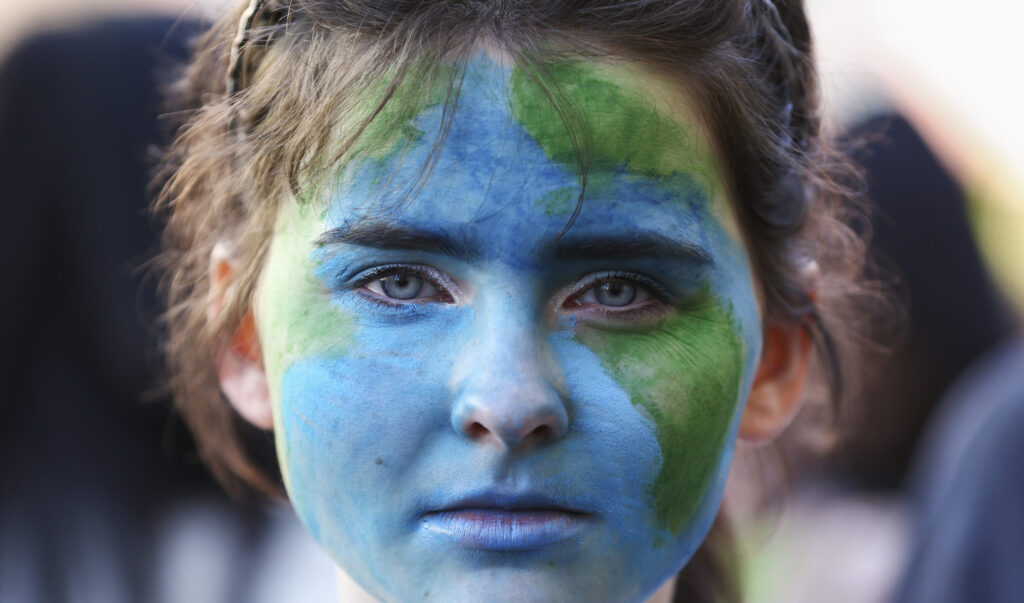by L. Balzer, A, Aug 15, 2023 in ClimateChangeDispatch
A Canadian oil magnate and friend of David Rockefeller, Maurice Strong [pictured] set up the Intergovernmental Panel on Climate Change (IPCC) in 1992.
Strong had been chairman of the 1972 Earth Day UN Conference, at which he advocated population reduction and the lowering of living standards in the interest of “saving the environment.” [emphasis, links added]
Strong asked, “Isn’t the only hope for the planet that the industrialized civilizations collapse? Isn’t it our responsibility to bring that about?”
He also boldly claimed, “Current lifestyles and consumption patterns of the affluent middle class – involving meat intake, use of fossil fuels, appliances, air-conditioning, and suburban housing – are not sustainable.”
Strong had helped found the Club of Rome in 1968, which incorrectly believed that Earth’s population was out of control and using up resources too fast.
Their beliefs stemmed from the mistaken idea advanced by Thomas Malthus in his 1798 essay that the world’s population would outgrow the food supply.
In his 1968 book, “The Population Bomb“, Paul Ehrlich revived Malthus’ idea.
Ehrlich predicted,
“The battle to feed humanity is over. In the 1970s, the world will undergo famines. Hundreds of millions of people are going to starve to death in spite of any crash programs embarked upon now. Population control is the only answer.”
Although Ehrlich’s forecasts proved incorrect, many people, some of them billionaires, still believe the world’s population should be as low as one billion – not the current 7.5 billion. (Bill Gates stated this explicitly in a Ted Talk!)
They’re afraid that if Third World people get the energy they need to raise their living standards, the Earth’s population will rise further.
This couldn’t be more untrue. History has shown in every instance that when a population’s living standards increase, the birth rate decreases. This principle is known as the Demographic Transition.
…






